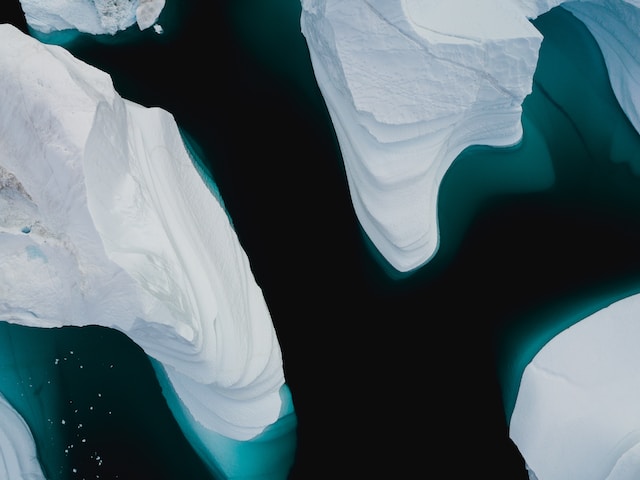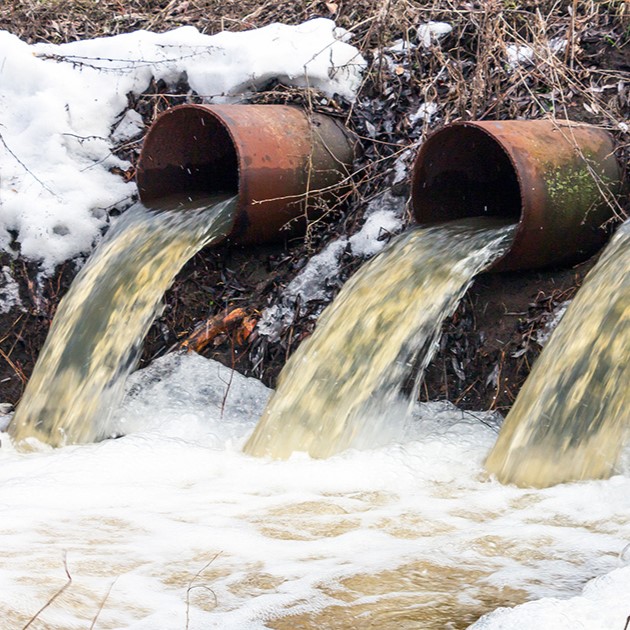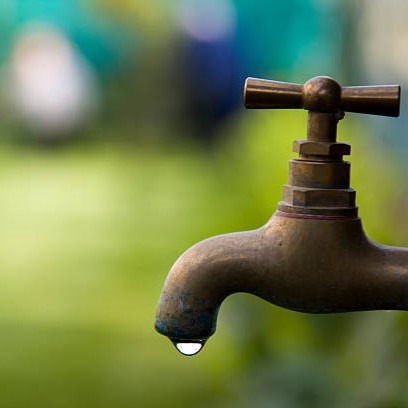Short Sleeve Shirt Dress
GTIN : 3666598487653
Reference : 04159 fdr404.de0034 3666598487653
Category : Dress
Collection : E25
Country of Production
Portugal
Country of Dyeing/Printing
Morocco
Country of Weaving/Knitting
Morocco
Environmental score
1864 pts
following the methodology defined by the ADEME
Life Cycle Analysis
Introduction
Life cycle analysis focuses on the environmental impacts of a product throughout its entire life cycle, which includes the production of raw materials and the energy required for their production, the manufacturing and packaging of the product, transportation, distribution, use, and end-of-life.

Climate Change
This indicator is calculated in kg CO2 eq. It estimates what the product-related activity generates in terms of greenhouse gas emissions, responsible for climate change. 70% of these gases are CO2. The increase in the atmospheric concentration of these gases leads to an increase in the Earth's temperature.

Freshwater toxicity
Chemicals, including phytosanitary products, contaminate soil and groundwater. Pollution from heavy metals such as lead and mercury primarily originates from industrial activities and transportation. These various types of pollution severely threaten water quality and ecosystems.

Freshwater scarcity
Water resource depletion represents the reduction in the remaining available water within a watershed after meeting the demands of humans and aquatic ecosystems (for example, consuming a liter of water in Morocco has a greater impact than in Brittany). It evaluates the potential for water scarcity, whether for humans or ecosystems.
